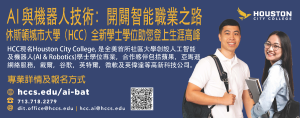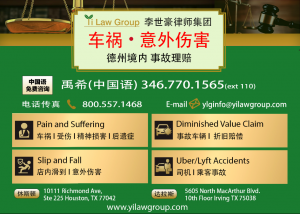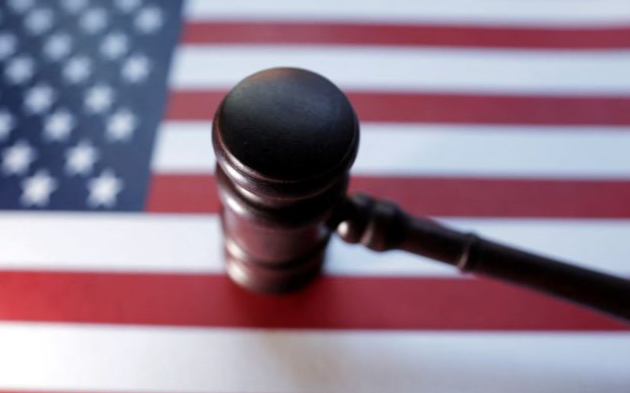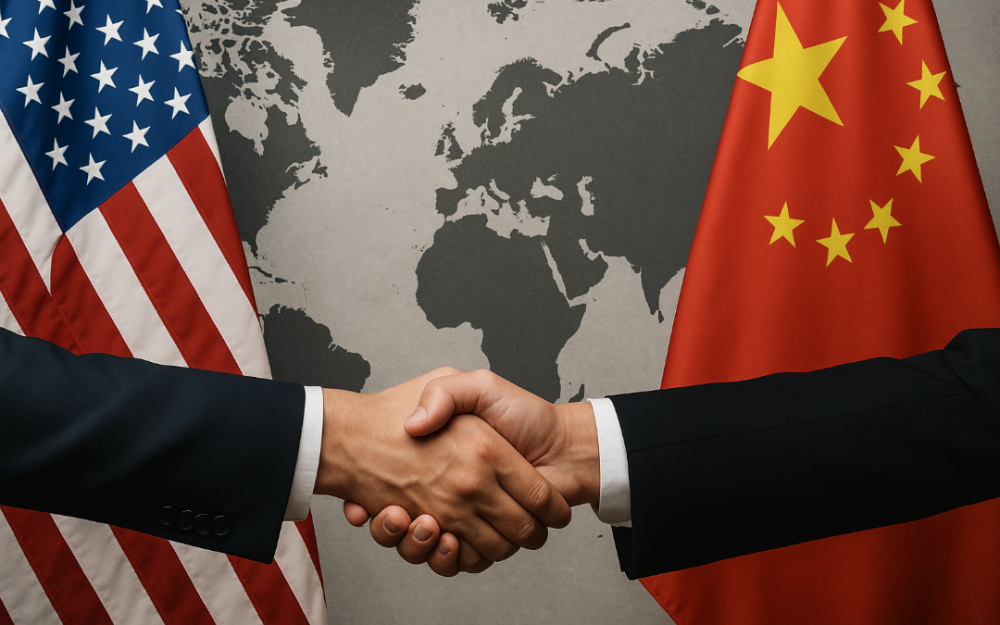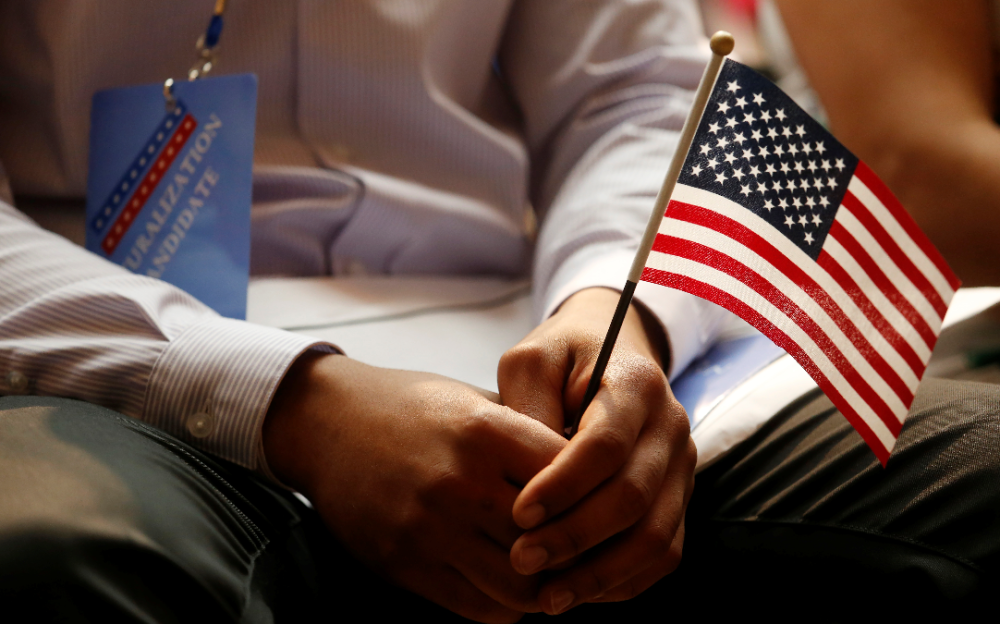世界G2新情势

世界G2新情势
— 美中共治与竞合的新时代
2025年秋,川普与习近平在釜山会晤,「G2」一词再度成為世
然而,「G2」并非真正的共治,而是一种竞合并存。中国追求多边
科技与经济是新冷战的主战场。晶片、AI、数据、能源——每一项
在地缘政治上,台海、南海、朝鲜半岛与中东局势仍是潜在火药库。
对全球华人与亚裔社群而言,这不仅是外交新闻,更是时代座标:在
真正的「G2」不应是权力之争,而应是文明的对话。唯有理解与信
The New G2 World Order
— An Era of Cooperation And Competition Between The U.S. And China
In the autumn of 2025, the meeting between Donald Trump and Xi Jinping in Busan revived the once-fading idea of a “G2 world"—one jointly shaped by the United States and China. The summit signaled a shift from confrontation to cautious détente, as both sides reached temporary trade and resource agreements, acknowledging the impossibility of global decoupling.
Yet this “G2” is not true co-governance, but balanced between a coexistence of rivalry and necessity. China seeks multipolar autonomy; the U.S. strives to preserve dominance. Their relationship has become a delicate dance of cooperation and control—defining the tempo of the modern world.
Technology and economics are the new battlegrounds. Chips, AI, data, and energy have replaced tanks and missiles as the instruments of power. Though global supply chains are being reshaped, China remains deeply embedded in the world’s value networks, and America’s “de-Sinicization” has not achieved full separation.
Geopolitical risks persist—from Taiwan and the South China Sea to the Korean Peninsula and the Middle East. Without institutionalized cooperation, the world could fracture into two parallel systems—divided in technology, finance, and ideology.
For the global Chinese and Asian diaspora, this is more than geopolitics; it is a question of identity and belonging. Balancing cultural roots with civic integration amid great-power rivalry will define a new century of challenges.
True “G2” should not mean a contest of dominance, but a dialogue of civilizations. Only through understanding and trust can a new order emerge from an age of division.












